The marathon is a popular bucket-list event, often included in lists such as '100 things to do in your lifetime'. If you’ve decided 2023 is the year you’re going to take on your first marathon – you won’t the only one!
Be it the London Marathon or any other of the array of marathons in the UK or abroad, you're going to want to be well prepared. VOOM's tips and advice will compliment your training and get you ready to go! We'll help you work towards smashing your first marathon and come event day you'll be super excited - perhaps even as excited as Ruth Bennett (@Ruth_Runs on Instagram) was to take on her virtual London Marathon in 2020!

You may have graduated from the ‘Couch to 5km’ scheme, or you may still be on the couch wanting to go from ‘zero to hero’ in 2023 – either way these tips will get you (and keep you) on track. We know there are plenty of ‘training plans’ available online, such as Runners World and many more, but given the variation in everybody’s starting point, following some more general rules and tips to build your own routine can be really beneficial.
We spoke to VOOM ambassador and author of ‘The Man Inside the Machine’ Steve Edwards who has run over 900 marathons in his quest to become the first person to run 1000 marathons with an average finish time of under 3 hours 30mins.
Top 20 Tips to prepare for your first marathon, with Steve Edwards
Start your marathon training today!
We’ve all heard the saying ‘tomorrow never comes’ so as long as you’re healthy there’s no reason why not – start today.

Start small and increase small.
To start with you may need to walk or jog as well as run, but get out there and do something, even if it’s just a mile at first! Allow your body time to adapt to the running by building slowly.
Get the date in the diary.
It may be a ‘real event’ with a date but if not, given the lockdown situation, it may be a personal challenge or a virtual event so decide your event date and write it in the diary – in pen!
When is the best time of day to run?
The best time of day to run is when it fits best within your lifestyle. Can you run in the evening, or will you be too tired after a day at work? Will an early morning fit, or can you sneak some training into your lunchbreak? Try to decide a time and stick to it where possible. This will help your body become accustomed to the additional activity.
Plan a sensible marathon training schedule…
If you’re new to running Steve recommends to start with a one day on, one day off approach to get three runs a week, doing some form of cross training or short core workout on two of the non-running days. Stick to this for the first three weeks or so.

Build run mileage slowly and progressively.
After the initial three weeks you can build to running four days a week and after six weeks increase again to five runs per week. Avoid increasing the total weekly mileage by more than 10% week on week. After four weeks week cut back slightly so the 5th week is reduce by around 30%. This will allow time for your body to repair and recover, so you can then continue the following week with your gradual build.
Consistency is key!
Some people use the phrase ‘time on feet’; consistency and frequency are both important when improving your fitness but if you persevere the process will gradually get easier - getting out of the door is the most important thing.
Keep a diary or training log.
Record your activity and reflect back each month to check progress. Having all the hard work documented may also provide some motivation later on if the training is becoming hard – if you see how much you’ve already put in you’re less likely to quit!
Don’t be a complete slave to the plan!
Life has a way of throwing curved balls at us and getting in the way of plans so if you need to change timings or miss a day due to unforeseen circumstances, things can be swapped around, just try to avoid making a habit of it.
Variety is the spice of life!
Try to vary your running to include both road, grass, footpaths and different surfaces which can be kinder on muscles and joints. Also try to include some hilly routes as well as flat ones as the hills can really improve strength and stamina.

Listen to your body.
Caution and patience should be exercised, particularly in the initial phase, so you may need to cut back your running slightly if you feel pain beyond general stiffness/aching (which is perfectly normal when starting a new physical activity). Having said that, a common mistake is to give up when feeling a few little pains but some of these aches are to be expected as the body learns to adapt. Remember, even elite marathon runners once started from nothing and went through the same initial pains! Over time the muscles supporting your joints will become stronger and bone density will improve. It’s important to acknowledge this and help the process through good nutrition!
Nail your running nutrition!
VOOM's three part guide to nutrition for marathon training is a great resource - you can check out part one here. Hydrating properly is as important as putting the right fuel in your body before training or racing. There are also other nutrient specific articles on the VOOM Blog which can help guide your diet for running well and staying healthy.
Set smaller targets or milestones.
This might be to build up to your longest run yet, hit a new weekly mileage total or to cover 5km or 10km in a new quickest time. Whatever you chose, some interim goals can help maintain motivation for your main goal.
Share goals or training with others for accountability.
Can you share the challenge with somebody else? If you tell a friend or family member about your goal or a specific training session you have coming up it can create accountability, especially if they’re going to ask you how it went!

Treat training sessions like appointments in your diary.
Try to do your training sessions on time like appointments and you will find it easier to develop good habits and make it part of your daily life.
Invest in the right kit.
Buy at least two pairs of appropriate trainers so you can alternate then between runs – your legs will thank you for it and your shoes will last longer. Likewise, invest in decent socks that don’t rub and cause blisters. Its also worth getting a foam roller to massage your leg muscles every other day to aid recovery.
Include some cross training.
Incorporate short non running sessions at least twice a week for example core work or weights. Don’t overthink it, keep it simple but functional such as think press-ups, planks, crunches, back extensions, squats, calf raises and lunges are all exercises to help your body become more durable and improve running strength & efficiency. The variety will help you achieve a better overall level of fitness and stability. VOOM's article on strength exercises for marathon runners is another great resource.

Rest, Ice, Compression, Elevation
Use the RICE acronym to help ease the symptoms and enhance recovery if you do pick up any niggles along the way.
Look after your body
Particularly your feet, hence having appropriate socks and shoes, and don’t be afraid to use Vaseline to keep things comfortable.
Above all, enjoy the process…
The journey of becoming a marathon runner is a great thing, so enjoy the process. There will be good days and not so good days, embrace them all and learn from the experience!

If you can incorporate these top tips into your training you’ll be in a great position to smash your first marathon! Remember to keep an eye on the VOOM blog, social media channels or join our newsletter at the bottom of the page for future articles and insight.

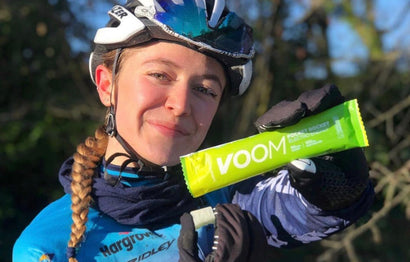
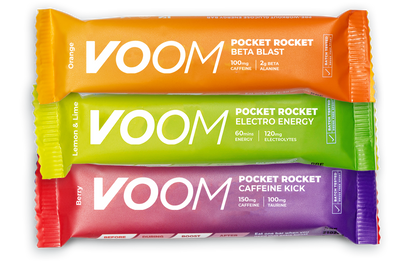
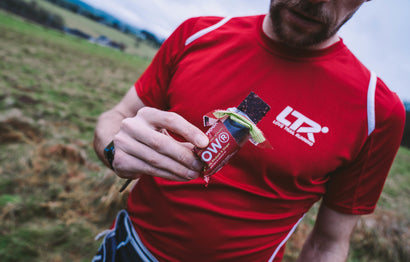
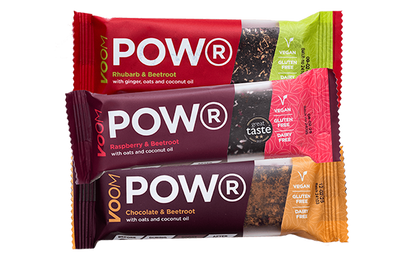
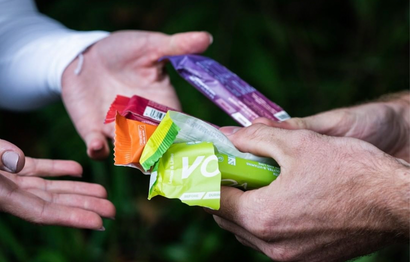
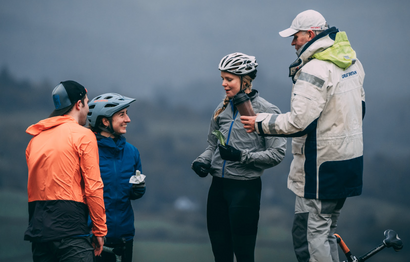
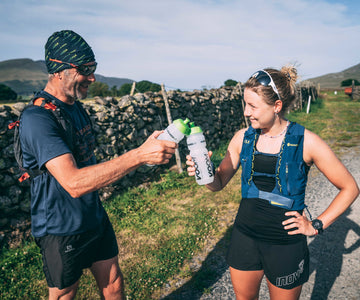





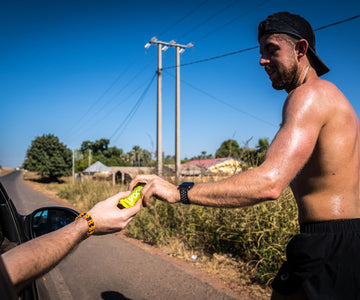
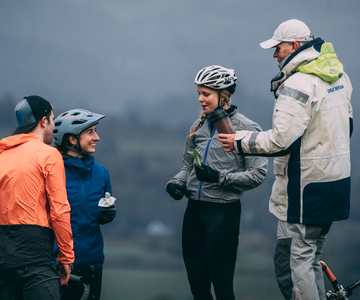

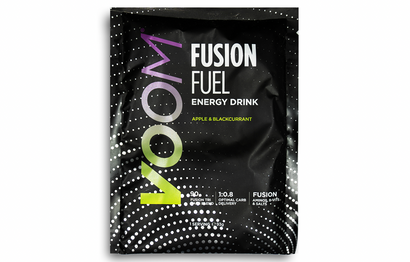
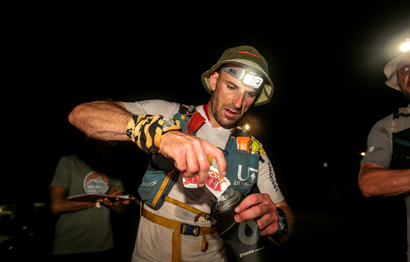
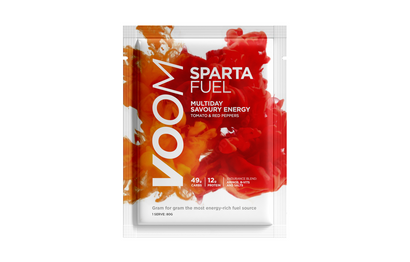

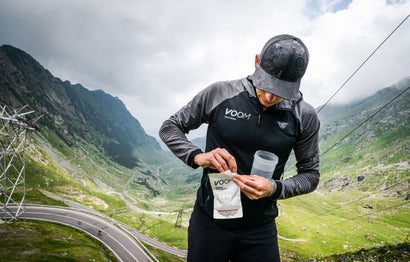
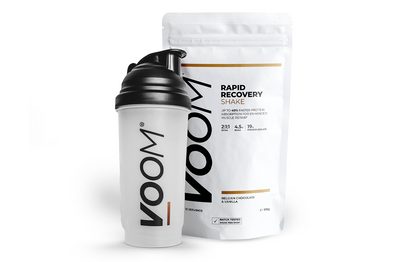

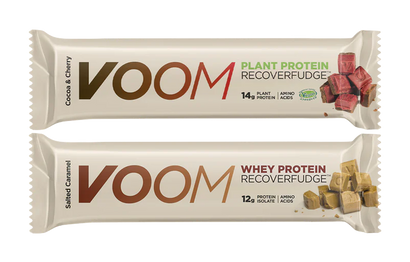

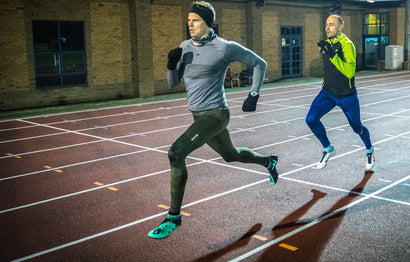
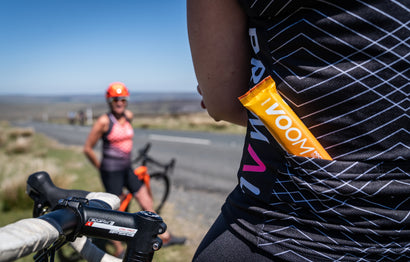
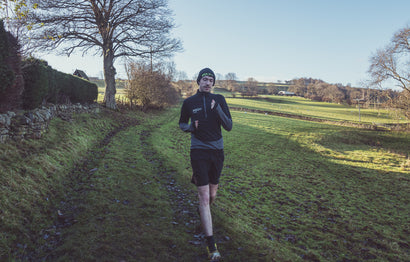
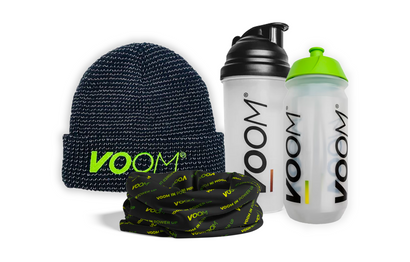

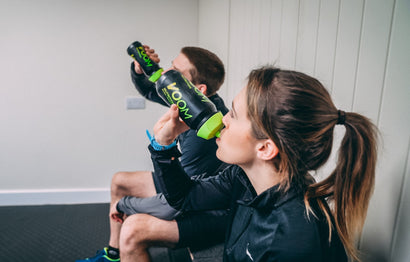
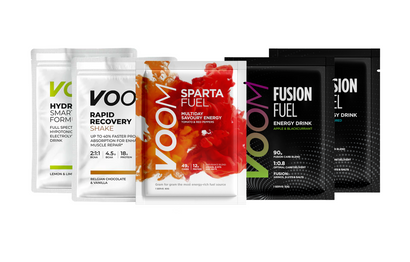
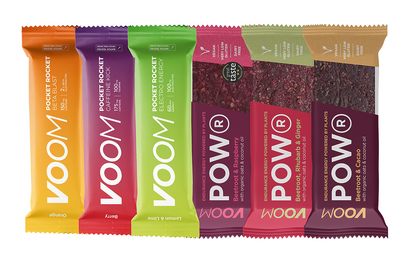
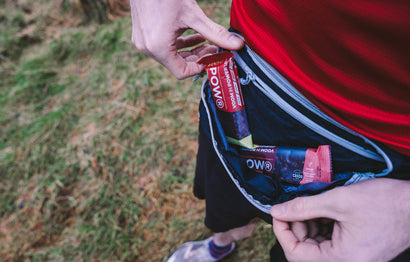
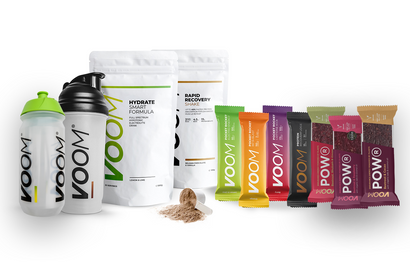




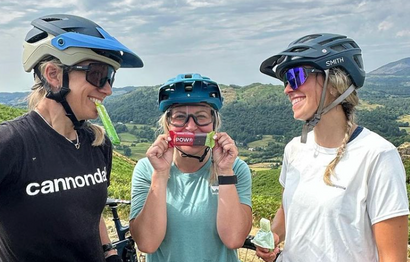
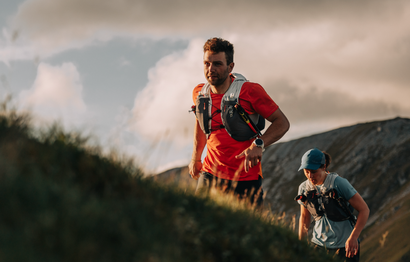

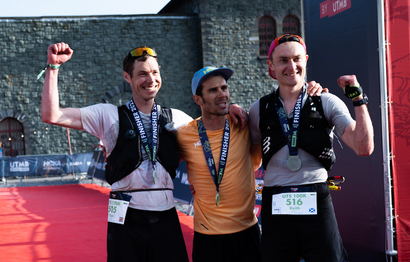
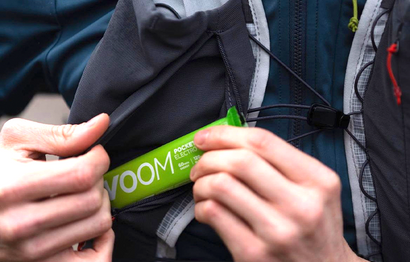




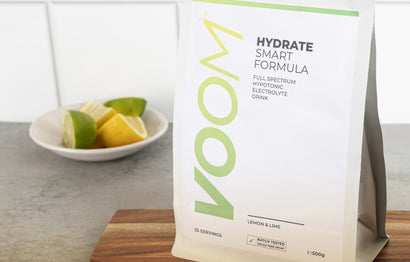
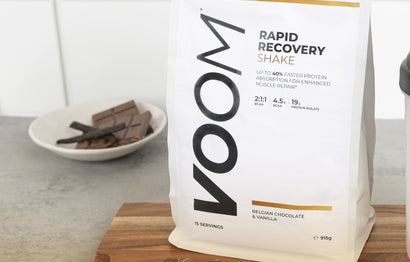
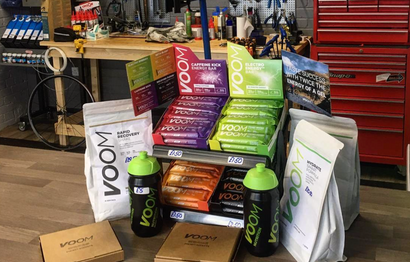
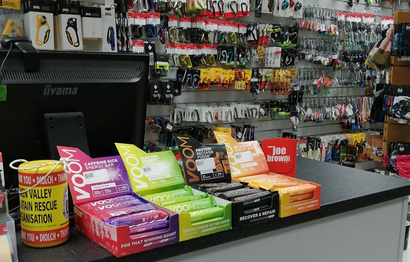
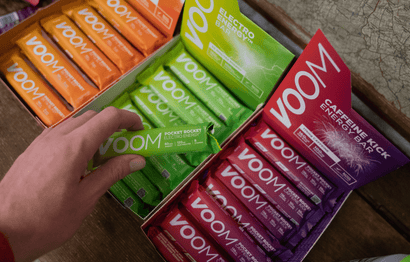


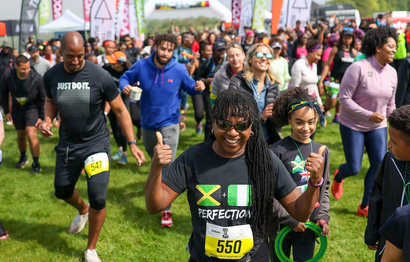
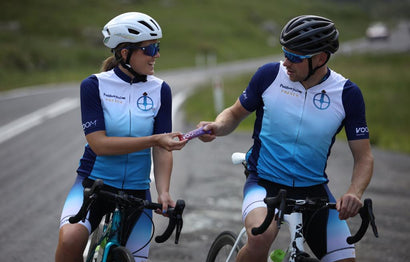

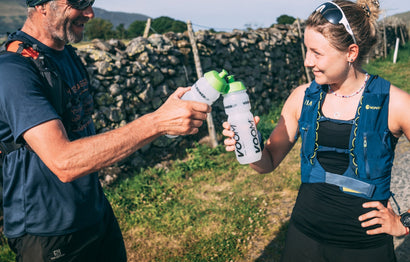
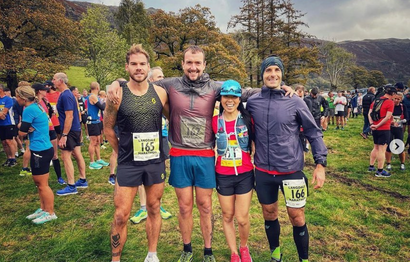
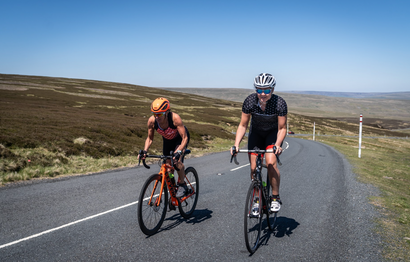
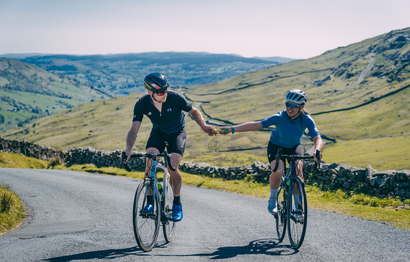

-v1633951139415.jpg?3500x2334)



